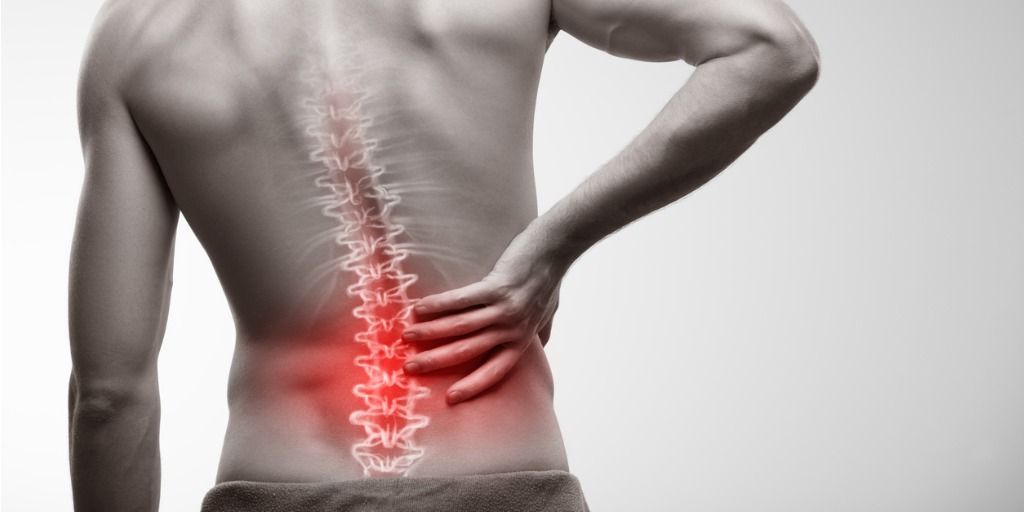How Exercise Physiology is more than Weight Loss and Chronic Disease Management
When many people think of exercise physiology, they often associate it with personal training. The common misconception is that EP is mainly referred for weight loss programmes or managing chronic diseases like heart disease or diabetes. While these are critical aspects of our profession, exercise physiology encompasses so much more. One of our increasingly recognised roles lies within the return to work (RTW) space, where accredited exercise physiologists (AEPs) are playing a pivotal part in helping individuals regain their health, confidence, and ability to re-enter the workforce.
Exercise Physiology is the science of using evidence-based interventions to improve physical health and functional capacity. As AEPs, we specialise in designing and delivering individualised exercise programmes for people with a vast range of conditions, including musculoskeletal injuries, mental health disorders, and workplace injuries.
The role of the exercise physiologist goes far beyond prescribing exercises. We are highly skilled professionals who combine scientific expertise with a compassionate, client-based approach. Our ability to identify and address the complex interplay between physical, psychological, and functional factors. By understanding work demands, personal goals, and barriers to recovery, AEPs retore physical health while building confidence and resilience.
As Workers compensation specialists and AEPs, we often face recognition challenges when compared to other allied health professions. One of our biggest barriers is limited public awareness. Despite our critical role, AEPs are less well-known outside specific rehabilitation or health contexts. Many people have never heard the term exercise physiologist and therefore do not understand our qualifications or scope of practice.
There is also a common misconception that exercise physiology overlaps with other allied health professions such as physiotherapy, or other health services such as personal training. In the workers compensation space, AEP’s and more specifically workers compensation specialist bridge the gap between other allied health professionals by designing functional and work-specific rehabilitation, tailored to the specific critical demands of the worker.
In this space, AEPs collaborate with workers, employers, and healthcare professionals to support recovery in many facets. This comprehensive approach reduces the risk of re-injury, increases worker confidence, and prepares workers for job-related tasks.
Exercise physiology in Australia is an invaluable resource in many health spaces. By addressing physical and psychological recovery and collaborating with other health professionals and increasing workplace readiness, AEPs help injured workers reclaim their health and way of life. As awareness and understanding of exercise physiology continues to grow, we will continue to define and redefine workplace health and rehabilitation.
Meagan Cristaldi
Workers Compensation Specialist (AEP, ESSAM)
Exercise Rehabilitation Services ‑ QLD




